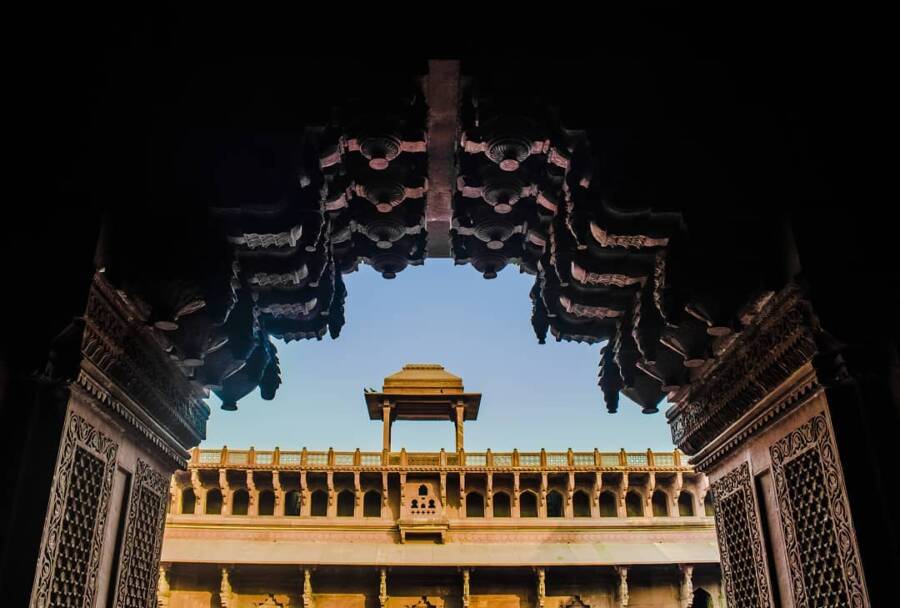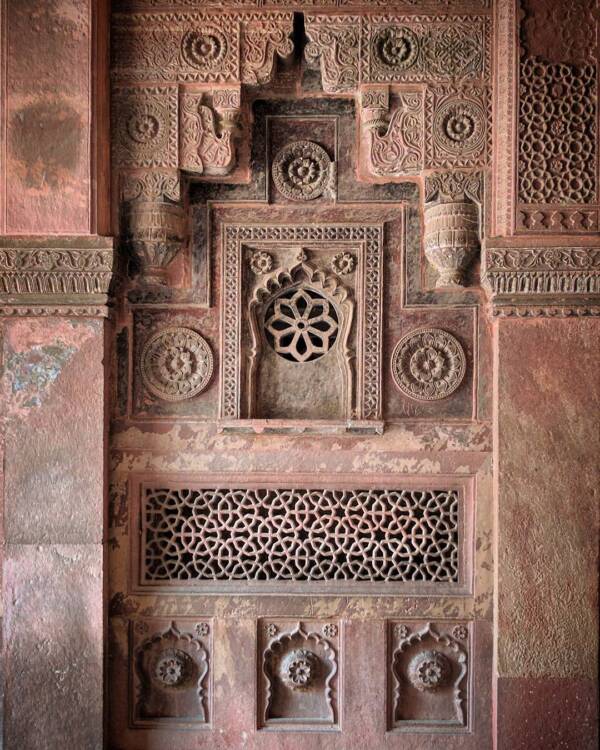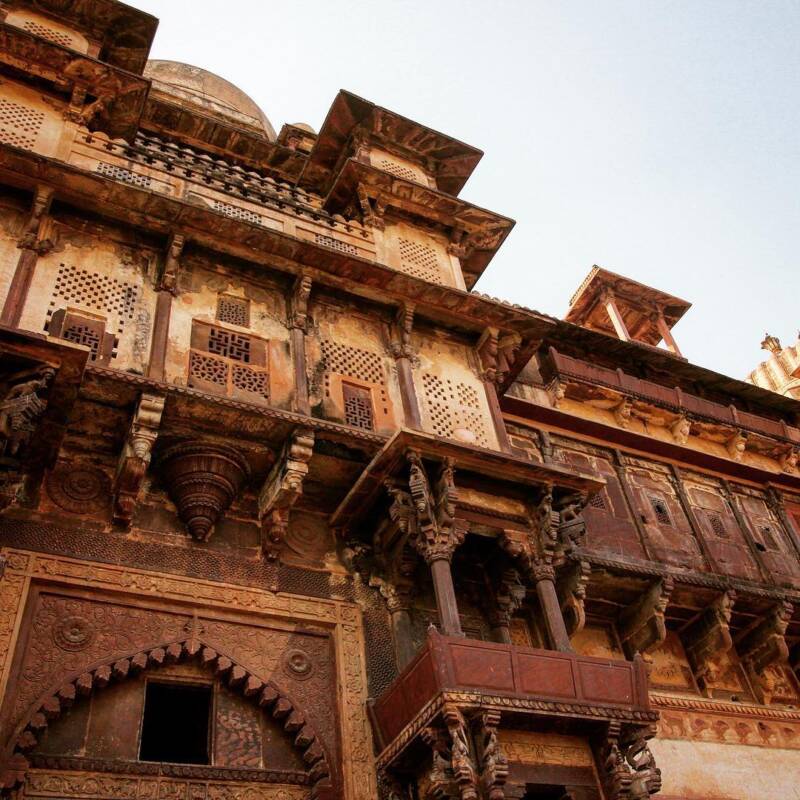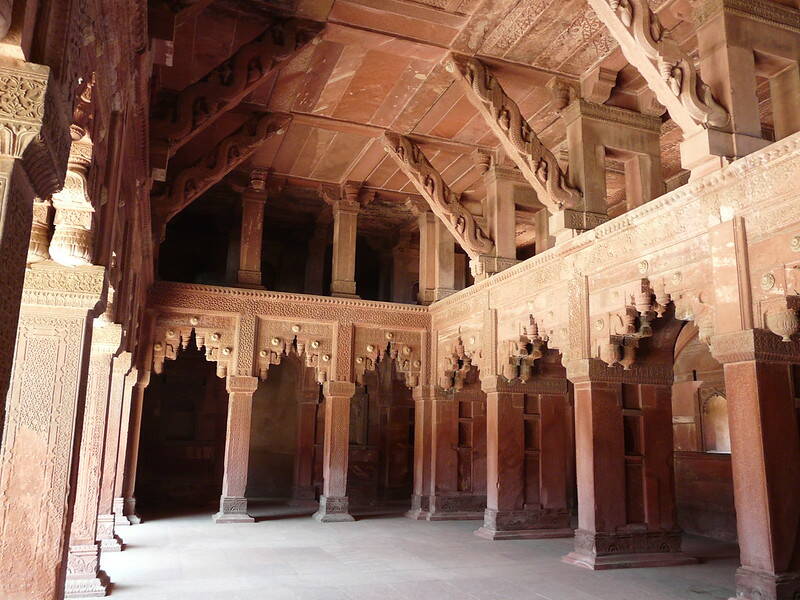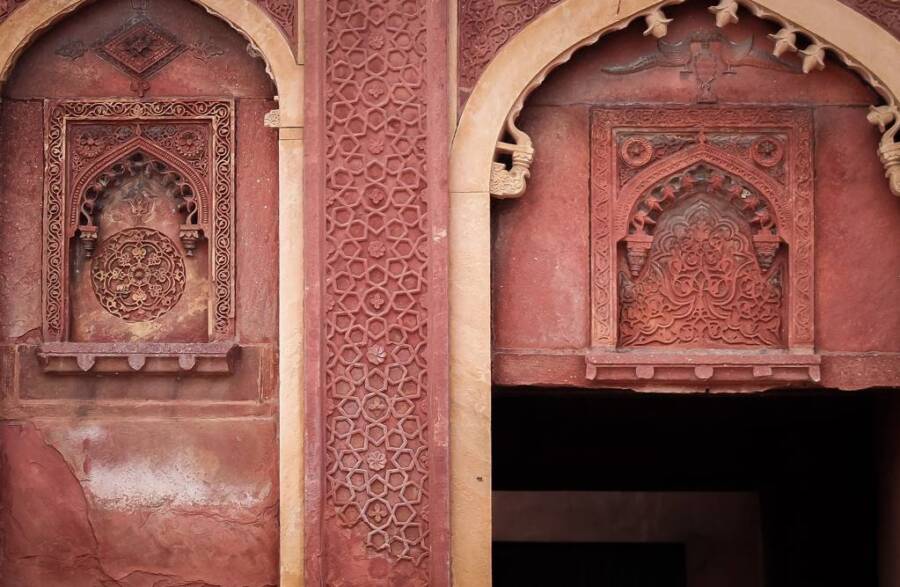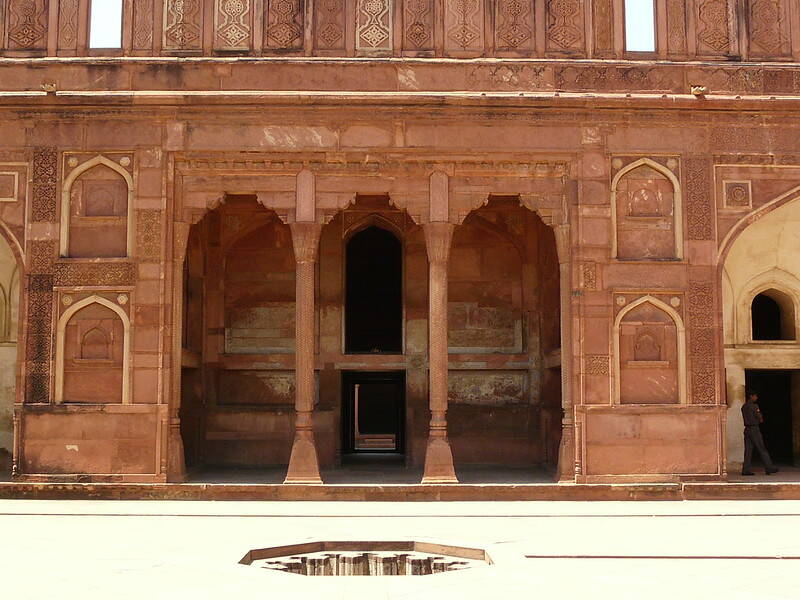The Abandoned Castle Of Jahangiri Mahal In India
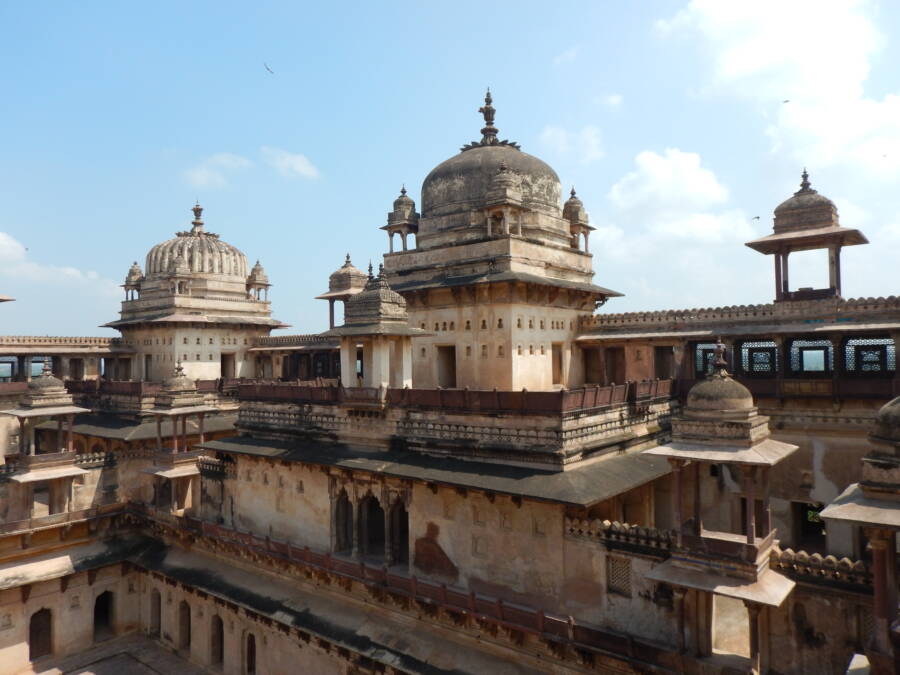
Wikimedia CommonsJahangiri Mahal was built by King Bir Singh Deo in honor of Mughal Emperor Jahangir in the 17th century.
There are many fantastical landmarks in India, but there are none quite like the tranquil citadel of Jahangiri Mahal.
The Jahangiri Mahal was created to commemorate the relationship between the Mughal Empire and the Bundelas, a clan of ruling families with close ties to Mughal nobility in India. According to legend, this lavish palace was built for one honored guest — who only spent one night there.
Erected in the 17th-century by King Bir Singh Deo to honor the visit of Mughal Emperor Jahangir, the citadel sits near the banks of the Betwa River in what is now known as Orchha, India. There are a number of palaces that were built inside the Orchha complex, all of which were completed during the reigns of three successive rulers of the state from Rudra Pratap Singh to Madhukar Shah.
Still, the Jahangiri Mahal remains the most attractive structure on the grounds.
The massive palace stands three stories high and is made of carved red and yellow sandstone. It was also once covered in murals rendered in the style of the Bundela school of painting.
Inside its central courtyard, the Jahangiri Mahal features 236 chambers, 136 of which are underground. There are also numerous towers, giving the castle a fort-like appearance.
The eye-catching design of Jahangir Mahal is infused with a blend of both Islamic and Hindu architectural styles, influences that are obvious in the details of every nook and cranny of its windows, domes, and walls.
Today, the Jahangiri Mahal no longer belongs to Indian nobility and was instead placed under the care of the Madhya Pradesh Archaeology Department.
